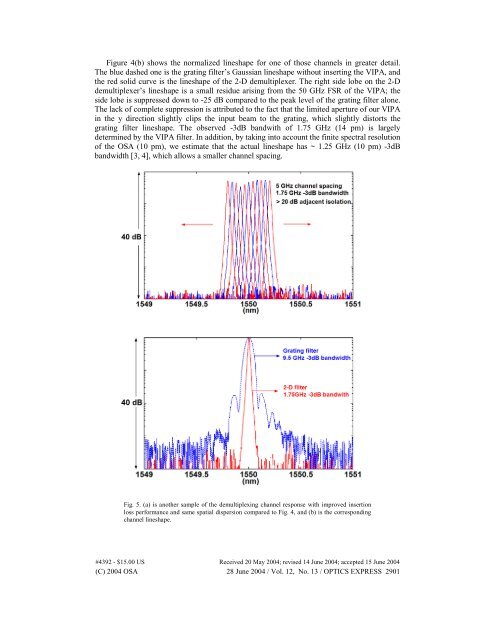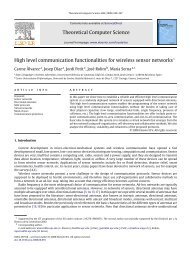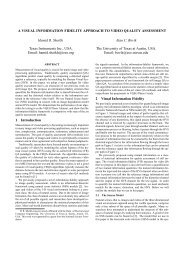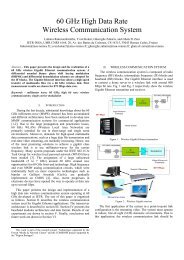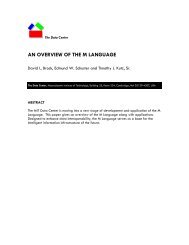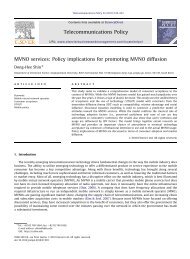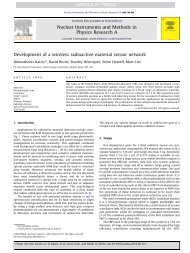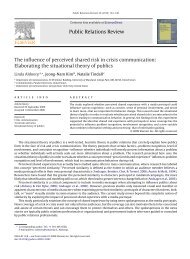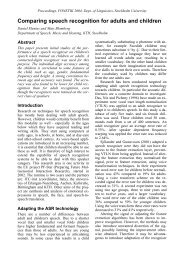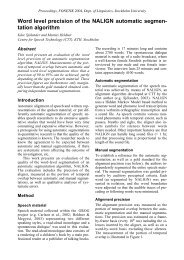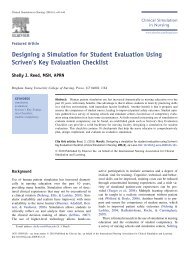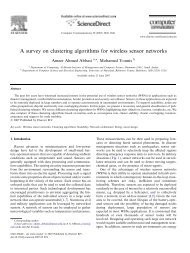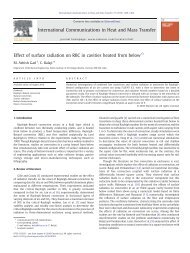2-D wavelength demultiplexer with potential for >= 1000 channels in ...
2-D wavelength demultiplexer with potential for >= 1000 channels in ...
2-D wavelength demultiplexer with potential for >= 1000 channels in ...
You also want an ePaper? Increase the reach of your titles
YUMPU automatically turns print PDFs into web optimized ePapers that Google loves.
Figure 4(b) shows the normalized l<strong>in</strong>eshape <strong>for</strong> one of those <strong>channels</strong> <strong>in</strong> greater detail.<br />
The blue dashed one is the grat<strong>in</strong>g filter’s Gaussian l<strong>in</strong>eshape <strong>with</strong>out <strong>in</strong>sert<strong>in</strong>g the VIPA, and<br />
the red solid curve is the l<strong>in</strong>eshape of the 2-D <strong>demultiplexer</strong>. The right side lobe on the 2-D<br />
<strong>demultiplexer</strong>’s l<strong>in</strong>eshape is a small residue aris<strong>in</strong>g from the 50 GHz FSR of the VIPA; the<br />
side lobe is suppressed down to -25 dB compared to the peak level of the grat<strong>in</strong>g filter alone.<br />
The lack of complete suppression is attributed to the fact that the limited aperture of our VIPA<br />
<strong>in</strong> the y direction slightly clips the <strong>in</strong>put beam to the grat<strong>in</strong>g, which slightly distorts the<br />
grat<strong>in</strong>g filter l<strong>in</strong>eshape. The observed -3dB band<strong>with</strong> of 1.75 GHz (14 pm) is largely<br />
determ<strong>in</strong>ed by the VIPA filter. In addition, by tak<strong>in</strong>g <strong>in</strong>to account the f<strong>in</strong>ite spectral resolution<br />
of the OSA (10 pm), we estimate that the actual l<strong>in</strong>eshape has ~ 1.25 GHz (10 pm) -3dB<br />
bandwidth [3, 4], which allows a smaller channel spac<strong>in</strong>g.<br />
Fig. 5. (a) is another sample of the demultiplex<strong>in</strong>g channel response <strong>with</strong> improved <strong>in</strong>sertion<br />
loss per<strong>for</strong>mance and same spatial dispersion compared to Fig. 4, and (b) is the correspond<strong>in</strong>g<br />
channel l<strong>in</strong>eshape.<br />
#4392 - $15.00 US Received 20 May 2004; revised 14 June 2004; accepted 15 June 2004<br />
(C) 2004 OSA 28 June 2004 / Vol. 12, No. 13 / OPTICS EXPRESS 2901


